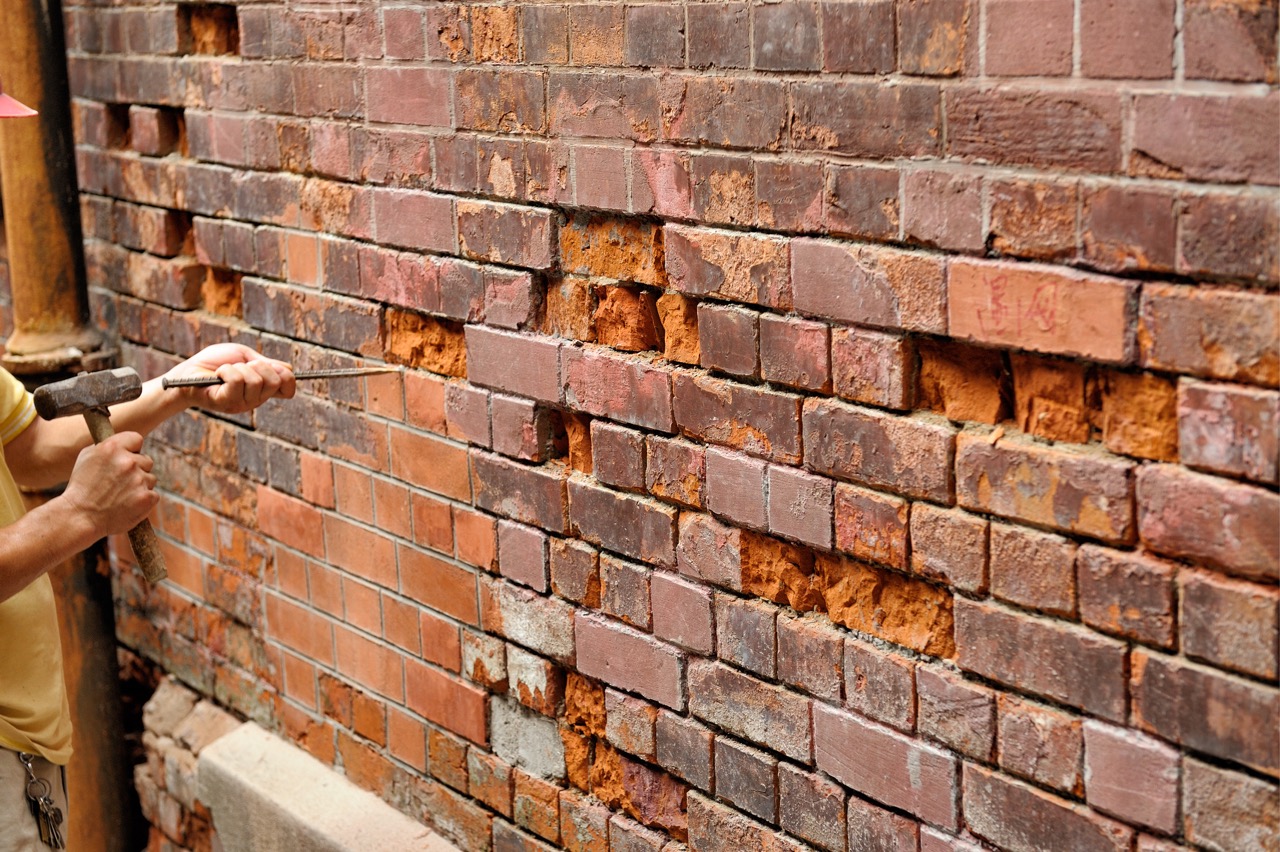Trustworthy Chimney Services: Maintenance and Fix Done Right
Trustworthy Chimney Services: Maintenance and Fix Done Right
Blog Article
Opening the Keys of Sustainable Stonework Building Practices for Eco-Friendly Buildings
In the realm of contemporary construction, the search of lasting methods has ended up being critical. Amongst the myriad techniques to green structure, sustainable stonework building stands apart as a time-tested and sturdy technique that holds a wealth of untapped potential. From the selection of materials to ingenious building techniques, the keys to accomplishing sustainability within masonry building and construction are complex and fascinating. By checking out the advantages, materials, strategies, and future patterns of sustainable stonework, a deeper understanding of just how these techniques can shape the future of eco-friendly buildings arises.
Benefits of Sustainable Masonry Building
Embracing lasting masonry building and construction techniques not just decreases environmental influence yet also supplies lasting economic benefits to contractors and communities. By utilizing products like recycled blocks, obstructs, and rocks, contractors can considerably decrease the carbon footprint of their jobs while promoting source effectiveness. Furthermore, lasting stonework construction strategies, such as appropriate insulation and thermal mass properties, can improve energy effectiveness within buildings, resulting in lowered functional expenses over time.
Furthermore, the longevity and durability of stonework structures add to long-term financial benefits. Structures built using lasting masonry practices usually call for less upkeep and fixing, equating to set you back savings for building contractors and homeowner. The long life of masonry products also makes sure that structures remain steady and protected, reducing the requirement for constant improvements or substitutes.
Eco-Friendly Stonework Materials
Utilizing environmentally friendly masonry products is a crucial action towards boosting the sustainability of building methods and reducing ecological effect while optimizing long-lasting economic advantages. Lasting masonry materials are sourced, produced, and made use of in a way that reduces total ecological impact. Sustainable concrete blocks include recycled aggregates and might feature better insulation residential properties, contributing to power effectiveness in buildings.
Additionally, all-natural materials like adobe, rammed planet, and straw bales give exceptional thermal mass homes, reducing the requirement for heating and cooling down power. These materials are usually locally readily available, promoting local economic climates and decreasing transportation-related carbon emissions. By choosing eco-friendly stonework materials, construction tasks can dramatically minimize their environmental footprint and add to the production of much healthier, much more sustainable constructed atmospheres.
Energy-Efficient Masonry Techniques
Power effectiveness plays an important role in enhancing the sustainability of stonework building practices. By applying energy-efficient masonry techniques, building contractors can substantially reduce the general power this link usage of a building, leading to reduced functional prices and a smaller sized environmental impact. One crucial energy-efficient masonry strategy is the usage of thermal mass, which includes including dense products like concrete or block into the structure's framework to take in and store heat. This aids regulate interior temperatures, minimizing the requirement for mechanical heating and cooling down systems.

Advancements in Sustainable Masonry
Current improvements in sustainable stonework methods have caused ingenious methods that are reshaping the construction sector. One such development is the development of self-healing concrete, which utilizes bacteria embedded within the concrete to heal cracks autonomously. This advancement not only decreases upkeep costs however additionally enhances the durability of masonry frameworks, adding to their sustainability.
Another significant innovation is making use of recycled aggregates in stonework building and construction - masonry contractor. By incorporating materials such as crushed ceramic waste or recycled glass right into concrete blends, builders can reduce view it the environmental impact of building jobs while maintaining structural stability. This method not only draws away waste from garbage dumps yet additionally preserves natural deposits, making it a vital advancement in sustainable masonry construction
Additionally, the integration of electronic style tools, such as Building Information Modeling (BIM), is revolutionizing the method stonework structures are prepared and built. BIM allows for more precise computations, decreased material waste, and enhanced energy efficiency, inevitably leading to more sustainable building methods. These innovations collectively symbolize an appealing future for sustainable masonry building in the era of green structures.
Future Trends in Masonry Sustainability
With the cutting-edge strides made in lasting masonry techniques, the future patterns in masonry sustainability are positioned to more reinvent the building industry. One of the essential patterns shaping the future of stonework sustainability is the boosted combination of technology. Improvements such as Building Info Modeling (BIM) and digital reality simulations are being made use of to enhance stonework building procedures, resulting in reduced product waste and improved energy efficiency in buildings.
Furthermore, the advancement of unique lasting materials is readied to play a substantial duty in improving the eco-friendliness of masonry building. masonry contractor. Innovations like self-healing concrete, recycled aggregates, and bio-based binders are obtaining grip for their ability to lessen environmental impact while maintaining architectural stability

Conclusion
In final thought, sustainable masonry building and construction methods offer countless advantages for eco-friendly buildings. masonry contractor. Technologies in sustainable masonry are continually being established to even more enhance the ecological efficiency of structures.
Report this page